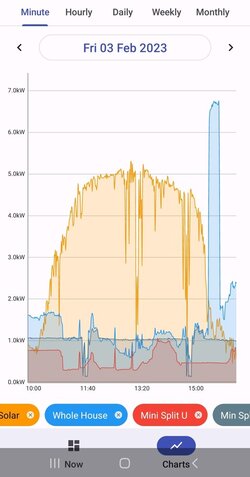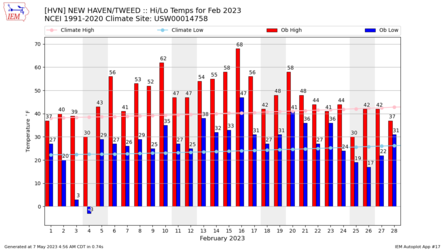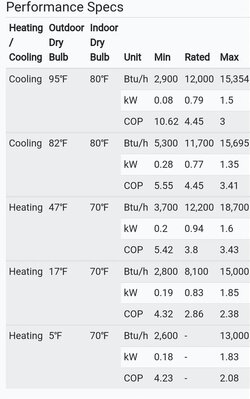And the article refers to this document, (talking about the cold snap in February 2023) with consumer experience blurbs:
And I quite from that:
“I live on the top of a mountain in Waterford, Maine, where it
gets pretty windy. That’s not a challenge for my heat pumps,
which during the February cold snap kept me warm without
backup even during -49 °F wind chill! I’m also saving around
$300 a month using heat pumps instead of propane.”
And
“We live in a small 1930s cape cod and it routinely gets down to -20 °F in the winter. We replaced our failing,
25-year-old oil furnace with heat pumps. When we had forced hot air with an oil furnace, we were always
adjusting the temperature, and now we set the heat pumps and forget them. The heat pumps are also saving us
money. This past February when it was -25 °F, our electric bill was only $281 for the month, and we were very
comfortable. It’s also really inexpensive to run the air conditioning. This technology is great.”
Cathy and George H., Dexter, M
I would say that this does not confirm your point but instead provides anecdotal evidently to the contrary. (Of course wind chill temps are not relevant.)
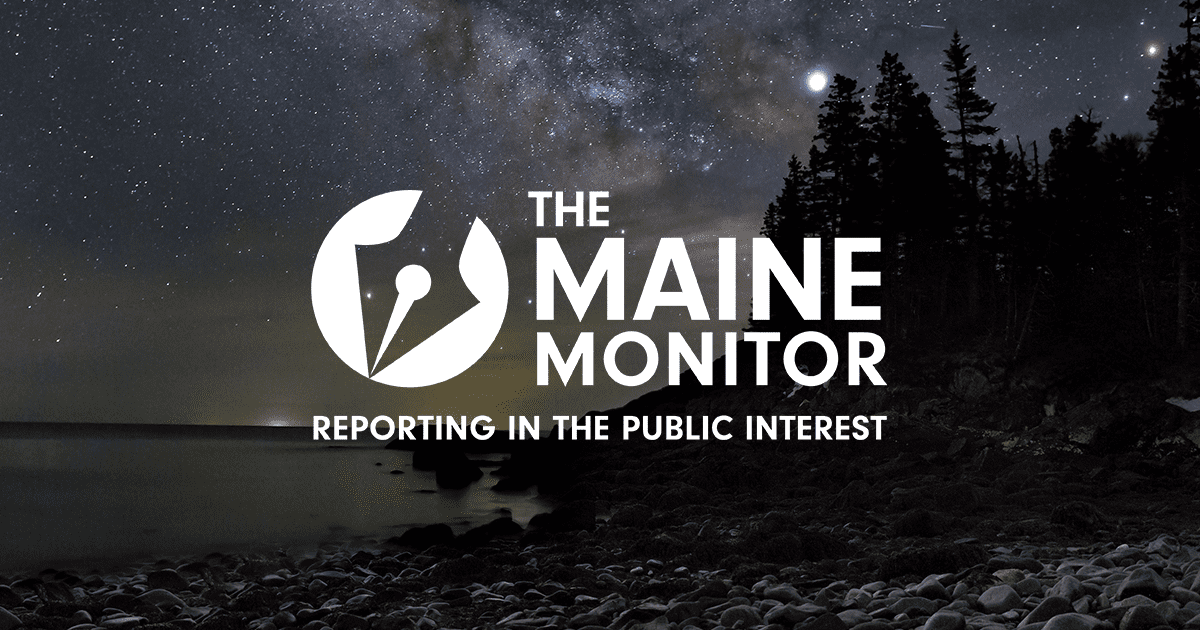


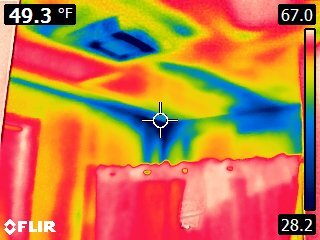
 And you cut the weeds back and hose it down???? Unheard of!
And you cut the weeds back and hose it down???? Unheard of! 